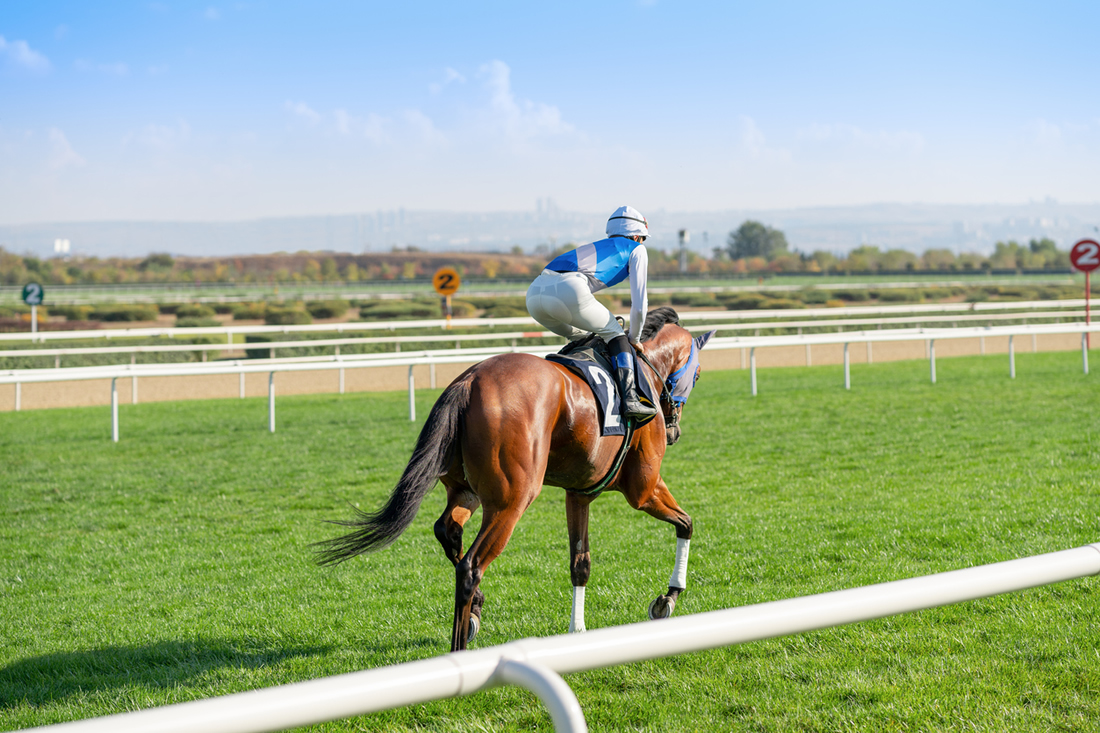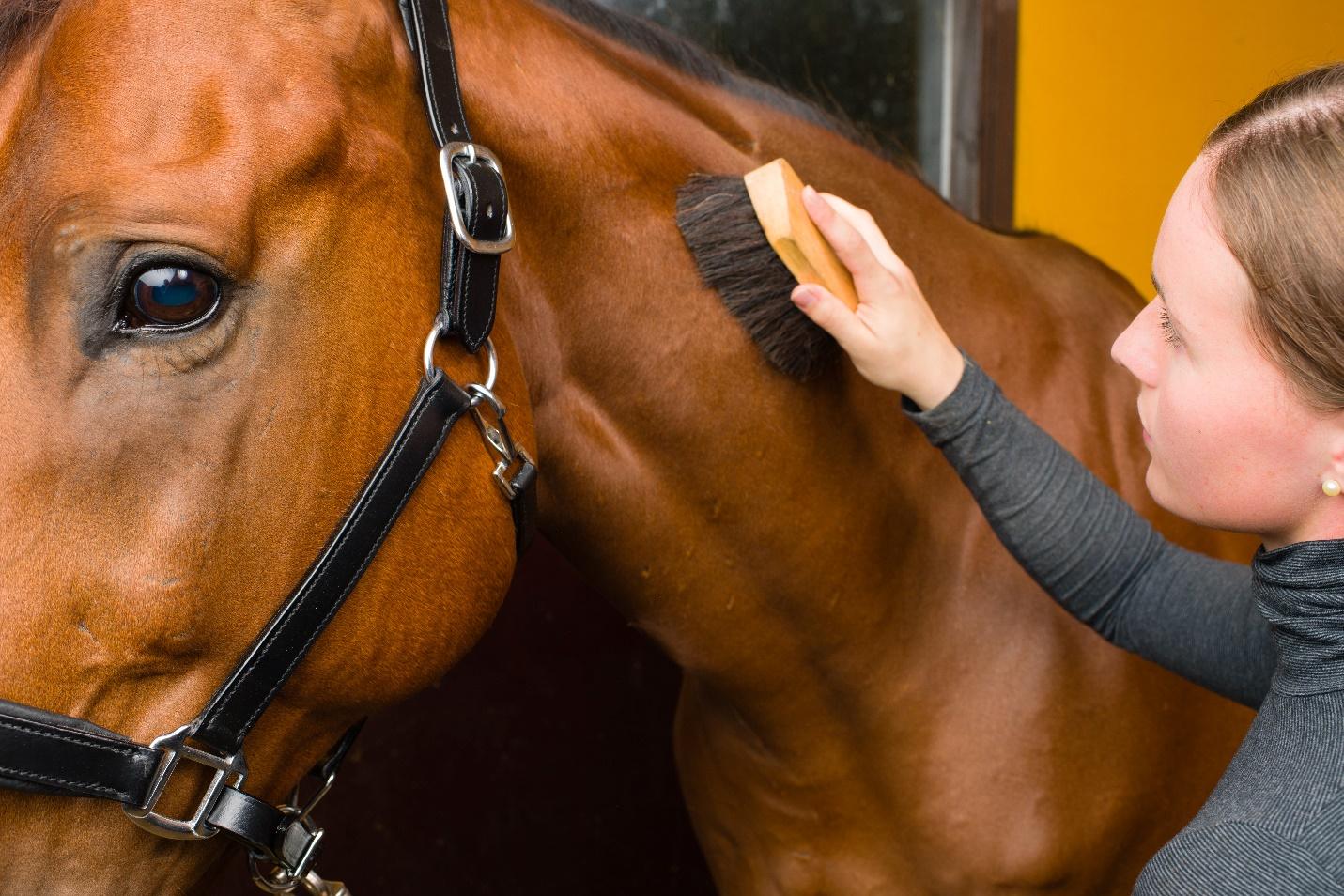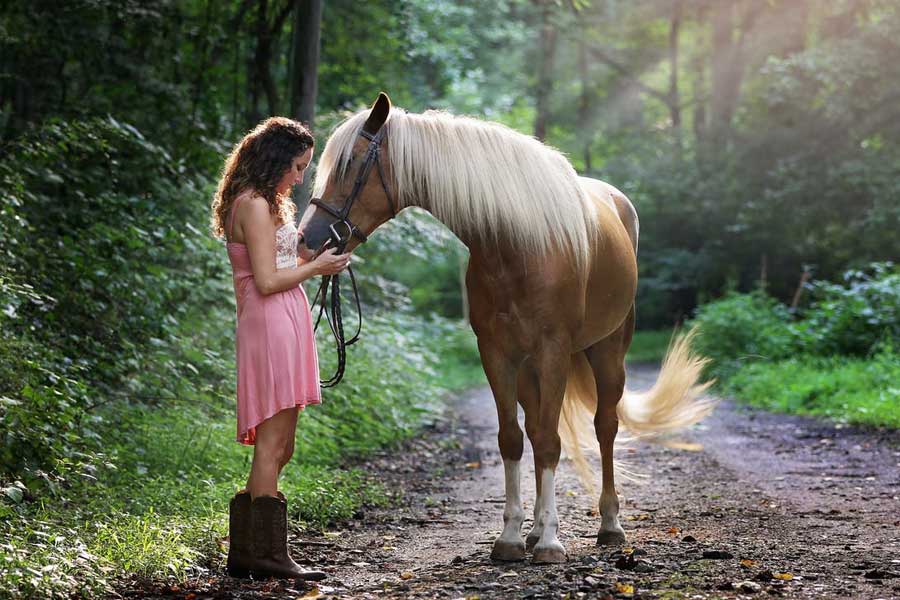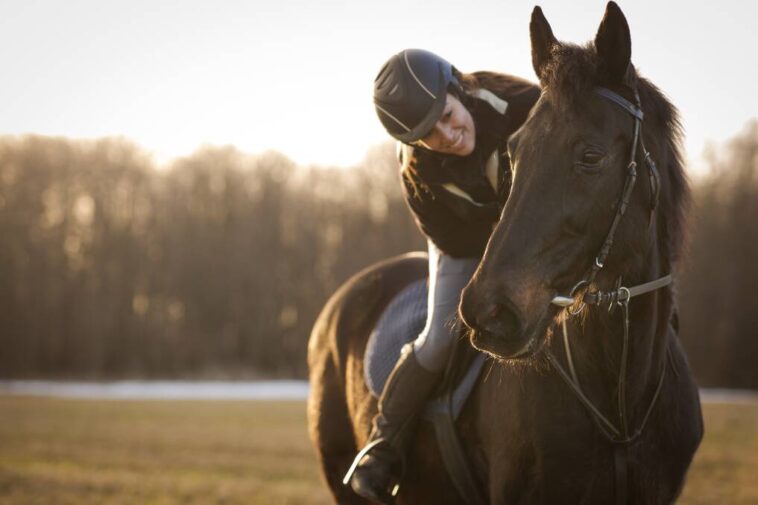Caring for a racehorse goes beyond just training and exercise; it involves a comprehensive approach to ensure the horse’s physical and mental well-being. A well-cared-for horse not only performs better on the racetrack but also enjoys a higher quality of life overall. In this guide, we’ll delve into the essential aspects of caring for a racehorse to optimize its performance while ensuring its health and happiness.
Understanding the Racehorse:
Before diving into the specifics of caring for a racehorse, it’s crucial to understand the unique characteristics and requirements of these magnificent animals. Racehorses are athletes, finely tuned for speed, agility, and endurance. They require specialized care tailored to their physical demands and psychological needs.
Nutrition and Diet:
Proper nutrition is the foundation of a racehorse’s health and performance. A well-balanced diet rich in essential nutrients is vital for maintaining optimal body condition and energy levels. Racehorses typically require a diet high in quality forage, supplemented with grains and concentrates to meet their increased energy demands. Working closely with a veterinarian or equine nutritionist is essential to develop a customized feeding program tailored to the individual horse’s needs.
Exercise and Training:

Regular exercise and training are essential for building strength, stamina, and agility in racehorses. A structured training regimen that includes a combination of gallops, intervals, and conditioning work helps develop cardiovascular fitness and muscle tone. It’s crucial to strike a balance between intense workouts and sufficient rest to prevent injuries and fatigue. Additionally, incorporating varied training routines keeps the horse mentally stimulated and engaged.
Healthcare and Veterinary Management:
Maintaining the health and well-being of a racehorse requires proactive healthcare and regular veterinary monitoring. Routine veterinary exams, vaccinations, dental care, and deworming are essential components of a comprehensive healthcare program. Prompt identification and treatment of any injuries or illnesses are critical to prevent them from impacting performance. Developing a strong partnership with a knowledgeable equine veterinarian ensures that the horse receives the highest standard of care.
Hoof Care and Farrier Services:
Healthy hooves are essential for a racehorse’s soundness and performance. Regular hoof care, including trimming and shoeing, helps prevent common issues such as hoof cracks, lameness, and imbalances. Best Hoof Conditioner can nourish and strengthen your horse’s hooves at the source. Working closely with a skilled farrier who understands the specific needs of racehorses is crucial for maintaining optimal hoof health. Properly fitted shoes provide support and traction, especially on different track surfaces, reducing the risk of injury and promoting peak performance.
Monitoring and Management of Stress:
Racehorses are susceptible to stress due to the demands of training, travel, and competition. It’s essential to create a low-stress environment and implement management strategies to minimize stress levels. Adequate turnout time, social interaction with other horses, and access to forage help reduce anxiety and promote relaxation. Additionally, incorporating regular mental stimulation and relaxation techniques, such as massage or acupuncture, can help keep the horse calm and focused.
Environmental Considerations:

The racehorse’s living environment plays a significant role in its health and well-being. Clean, well-ventilated stabling with ample bedding and access to fresh water is essential for maintaining hygiene and preventing respiratory issues. Proper ventilation and temperature control help regulate the horse’s body temperature and reduce the risk of heat stress or cold-related ailments. Regular maintenance of facilities, including paddocks and turnout areas, ensures a safe and comfortable environment for the horse.
Mental and Emotional Well-being:
While physical conditioning is crucial for racehorses, their mental and emotional well-being is equally important. Building trust and rapport with the horse through positive reinforcement training techniques fosters a strong bond between the horse and its caretakers. Providing opportunities for mental stimulation, such as varied training activities and enrichment toys, helps prevent boredom and behavioral issues. Additionally, regular grooming and hands-on care provide the horse with comfort and reassurance, strengthening the human-horse relationship.
Wearable Technology for Real-time Monitoring:
Wearable sensors, akin to fitness trackers used by humans, offer a wealth of information on a racehorse’s physiological and biomechanical data in real time. These devices can monitor heart rate, respiratory rate, stride length, and even predict the onset of potential injuries by detecting abnormal patterns in movement. This continuous stream of data allows for a more personalized and precise approach to training, ensuring that each horse can train at its optimal level without the risk of overexertion.
Advanced Imaging Techniques for Injury Prevention:
Diagnostic imaging technologies such as MRI, CT scans, and scintigraphy provide detailed insights into the internal structures of a horse’s body, far beyond what traditional X-rays can offer. These advanced imaging techniques are crucial for early detection of musculoskeletal abnormalities and stress fractures, common issues that can derail a racehorse’s career if not addressed promptly. By integrating these technologies into regular health assessments, trainers and veterinarians can devise more effective prevention and treatment strategies for injuries.
Data Analytics and Performance Optimization:

The application of data analytics in horse racing is revolutionizing how performance is measured and optimized. By analyzing vast amounts of data collected from training sessions, races, and health records, trainers can identify patterns and trends that indicate a horse’s strengths and areas for improvement. This data-driven approach facilitates more informed decision-making regarding training regimes, diet adjustments, and race strategies, ultimately leading to improved outcomes on the racetrack.
Final Words:
Incorporating advanced technologies into the care and training of racehorses represents a significant step forward in maximizing their performance potential. By harnessing the power of wearable sensors, advanced imaging, and data analytics, trainers and veterinarians can provide unparalleled levels of care. These innovations not only enhance the competitiveness of racehorses but also contribute to their overall health and well-being, ensuring a long and successful racing career. As the equine industry continues to evolve, the adoption of these technologies will become increasingly integral to the success of racehorses on the global stage.




